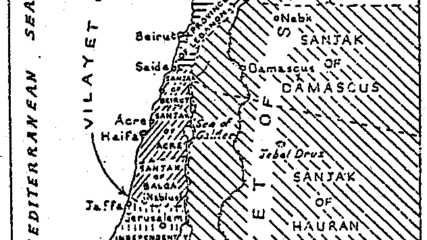June 10, 1964
Israel’s National Water Carrier begins pumping water out of the Kinneret (Sea of Galilee) for drinking and agriculture in the center and south of the state.
Initially called the Jordan Valley Unified Water Plan or the Jordan Project, the National Water Carrier is an 81-mile-long system of pipes, canals, tunnels, reservoirs and pumping stations that can carry up to 19 million gallons per hour (1.7 million cubic meters per day). Integrated with most of the water systems in Israel, the National Water Carrier crosses all types of terrain through a variety of elevation changes.
Preliminary work on the water system begins under Prime Minister David Ben-Gurion in 1953, and the design by Tahal is approved in 1956. Construction by Mekorot, the national water company, begins in 1959 and lasts five years. Initially, 80% of the water is designated for agriculture, but drinking water takes an increasing share of the National Water Carrier’s production as the population rises.
Proposals for new water services in the Land of Israel have long been a part of Zionism. Theodor Herzl in the book “Altneuland” discusses moving water from the sources of the Jordan River for use in irrigation and channeling Mediterranean Sea water to a canal parallel to the Jordan for power generation. Walter Lowdermilk presents a water plan in his 1944 book, “Palestine, Land of Promise,” and American engineer James Hayes uses that book as the basis for a comprehensive scheme involving all water sources in Israel.









